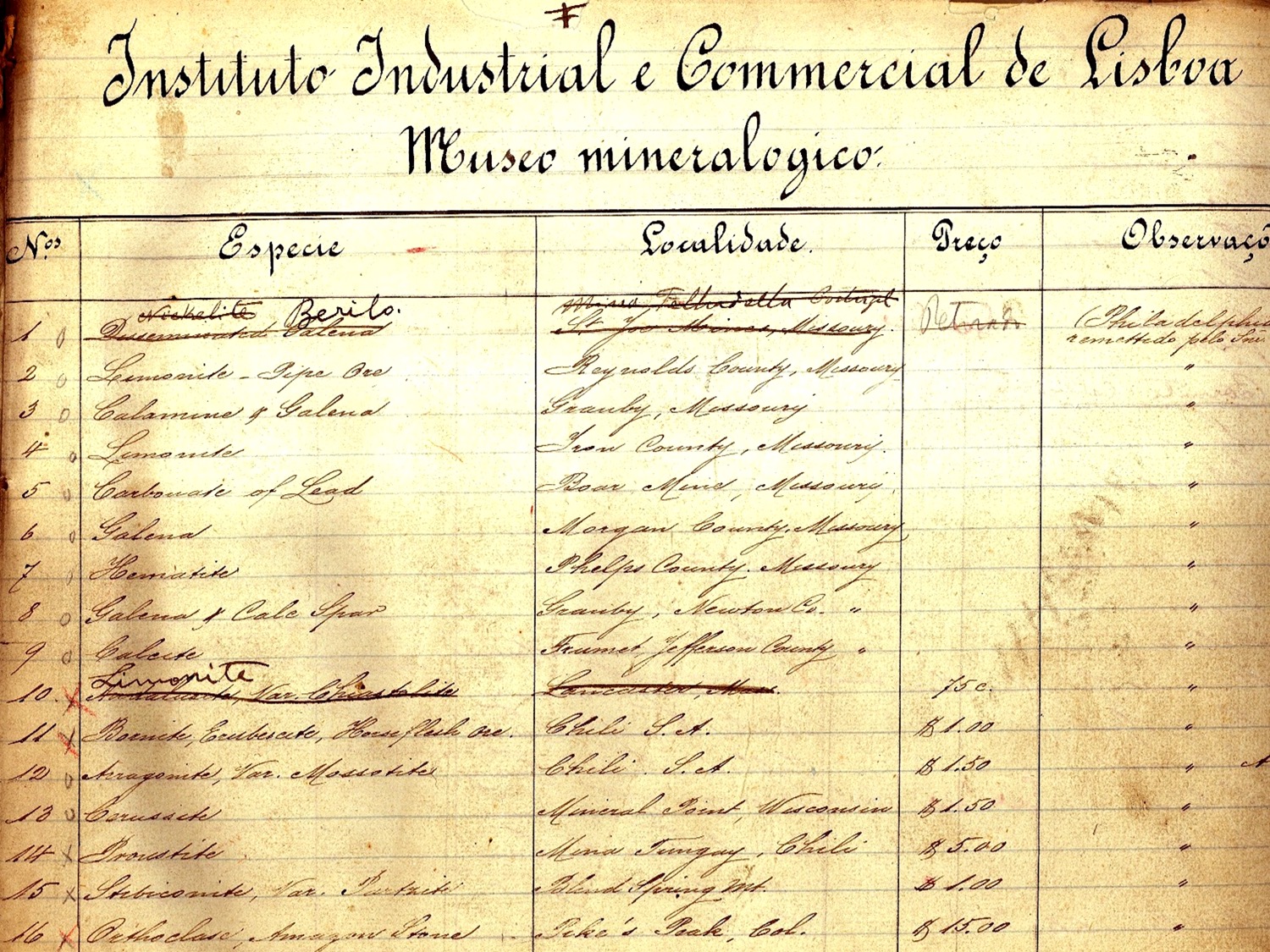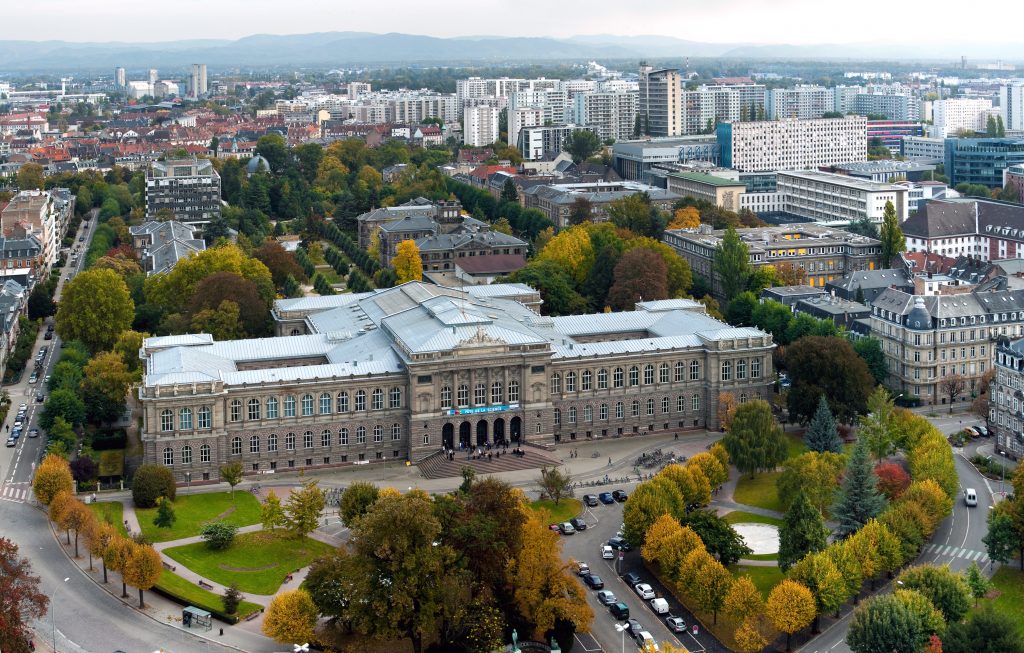At one time in its history, the Zoology Collection of the Ghent University Museum had the skull of ‘Betsie’, a locally most famous elephant of the former Ghent Zoo (1851-1904). During this period many cadavers of animals were transferred to our collection for educational purposes. But when the Ghent Zoo presented the university with the cadaver of Betsie who died in the winter of 1887-1888, the university thought it to be too expensive to process. The zoo then decided to have only the skull cleaned for their own little museum. When the Zoo went bankrupt in 1904, the Zoology Collection bought the skull at the public sale of all the Zoo’s assets.
This skull is of enormous cultural and historic value for the City of Ghent and its University. But sadly enough, not knowing what it was at the time, the skull was traded for other skull with a person called ‘Jan Cools’. When I became the curator of the Collection, and when I learned what the skull was, I tried to talk with Jan Cools who had already sold it to someone in England or even Canada, to ask him to get me the address. He promised to do so, but sadly enough he died two days later. So yet again, a dead end.
2017 is a triple anniversary: the Ghent university and the Zoology Collection are 200 years old, and I also this year I am a curator of this Collection for 20 years. It would be great to get Betsie back home for this anniversary.
So now hear my appeal: please, please, help us find back the skull of the elephant Betsie, so we can bring her back home. If anyone recognizes parts of this story or the name Jan Cools, please contact me at dominick.verschelde@ugent.be; also read the extended story here.
Dominick Verschelde
Zoology Collection, Ghent University


